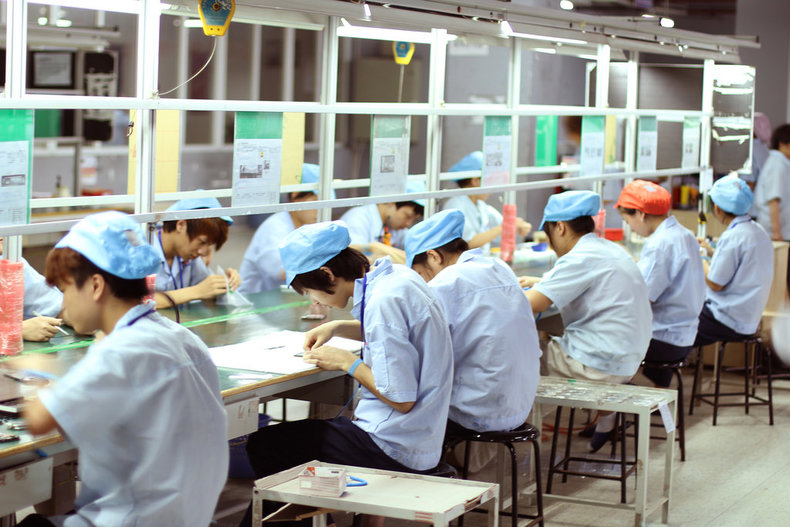
Health & Safety
Tasks that have significant health and safety risks. For example, a delivery person who lifts heavy boxes.Repetitive
Tasks that involve much repetition with little variation. For example, an assembly line worker who puts products in boxes all day.Low Value
Tasks that can be automated without any loss of work quality. For example, an IT worker who manually cleans up space on a storage device when it fills up.Unpleasant
Tasks that can be reasonably considered unpleasant. For example, a customer service agent who mostly handles complaints from dissatisfied customers.Unrelenting
Long-hours or a responsibility that frequently interrupts your personal life. For example, a manager who is always on-call who handles a large number of requests after hours, on weekends and on holiday.Unnecessary
Work that is unnecessary such as an administrator who approves requests all day with no possibility that requests would ever be rejected.Underutilization
Work that involves waiting for things in a situation where you have little else to do. For example, a truck driver on a route with frequent traffic jams.Mechanical
Work that is systematic and mechanical that doesn't require human capabilities such as social skills or creativity.Dead-end
Work that doesn't allow an individual to learn, grow, improve or progress.The Joy of Toil
People commonly enjoy toil. It is possible to submit to the humble simplicity of a repetitive task to achieve benefits such as experiencing a moment in time without distraction. Toil may provide stability, predictability and a clear pace of progression that can feel relaxing and rewarding. Hobbies such as video games and gardening commonly involve some element of toil that add to their appeal.Toil & Time Management
Eliminating toil is a common theme of time management. If you find a task to be low value, repetitive and unpleasant there is often a way to automate it, streamline it or simply drop it.Toil & Marketing
In an automated world, hand-crafted items and personalized service may have higher perceived value than their systematized alternatives. For example, a restaurant where a human chef creates your meal is generally perceived as higher value than a restaurant that heats up a frozen dinner that was created on a production line. Introducing human elements into areas that are typically automated is a common approach to developing premium products.Toil & Productivity
Generally speaking, eliminating toil with automation can improve productivity rates. There are exceptions to this. As noted above, toil can produce high value products that can result in unusually high productivity rates. An accomplished chef might produce considerable value with work that may include hand-picking herbs and other tasks that competitors might view as toil.Measuring Toil
It is often possible to quantify toil by defining what it means to a particular business or individual, categorizing tasks that are toil and measuring the time you spend on them. For example, a carpenter who crafts boats may define any time not spent at his trade as toil. This measurement can be used to evaluate approaches to reducing toil such as outsourcing, automation and process improvement.| Overview: Toil | ||
Type | ||
Definition | Work that is exhausting, demanding, unrelenting and/or low value. | |
Related Concepts | ||




























